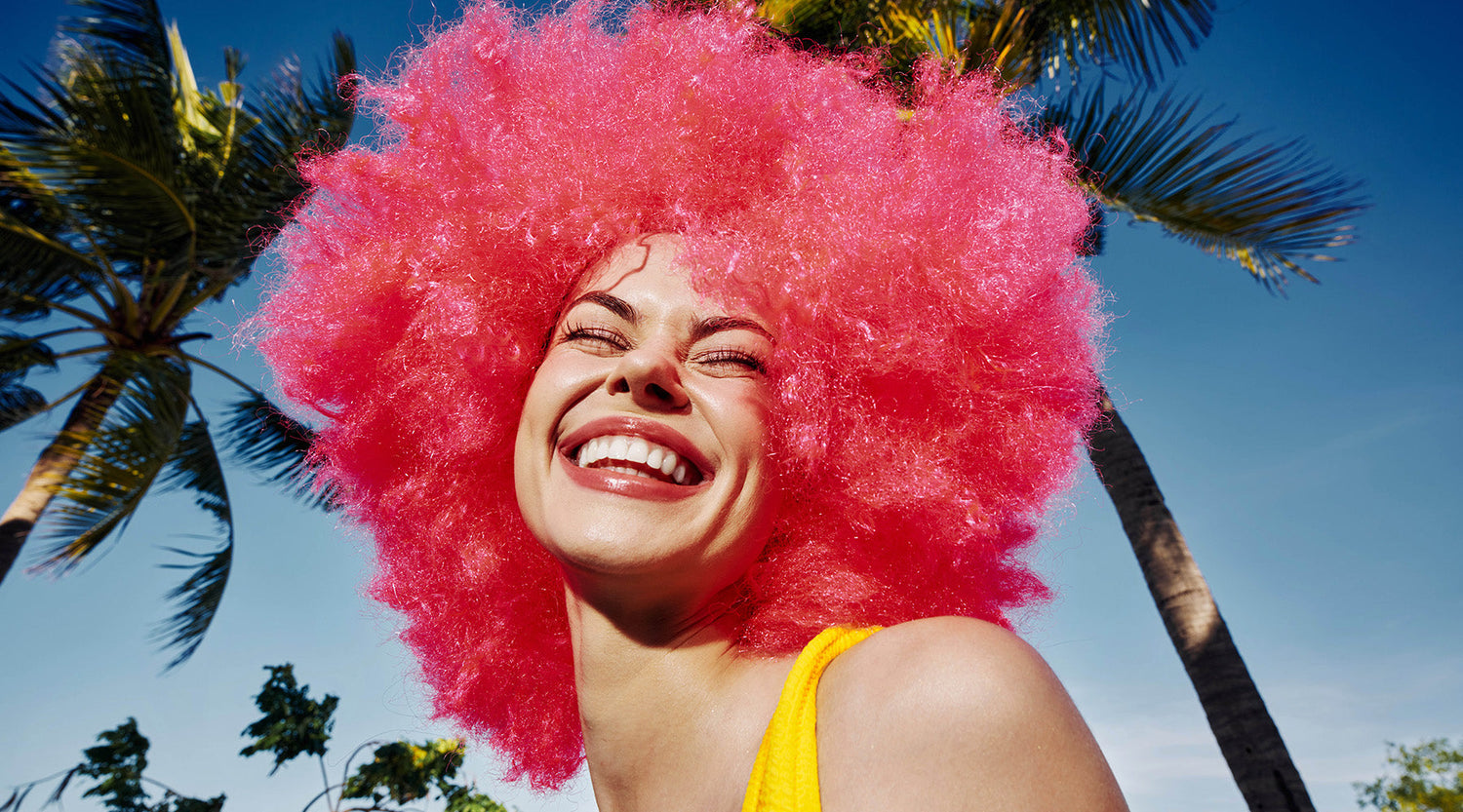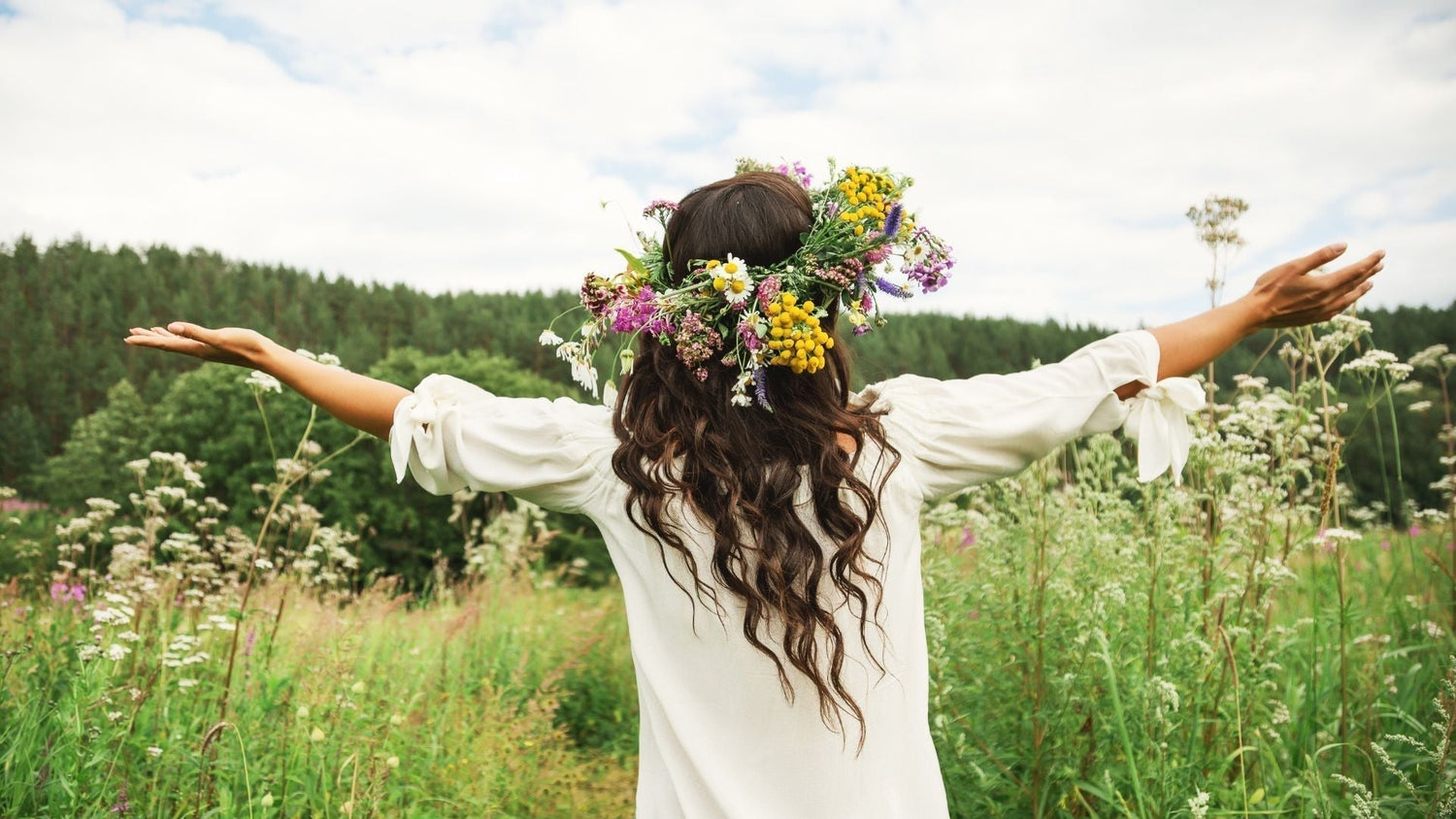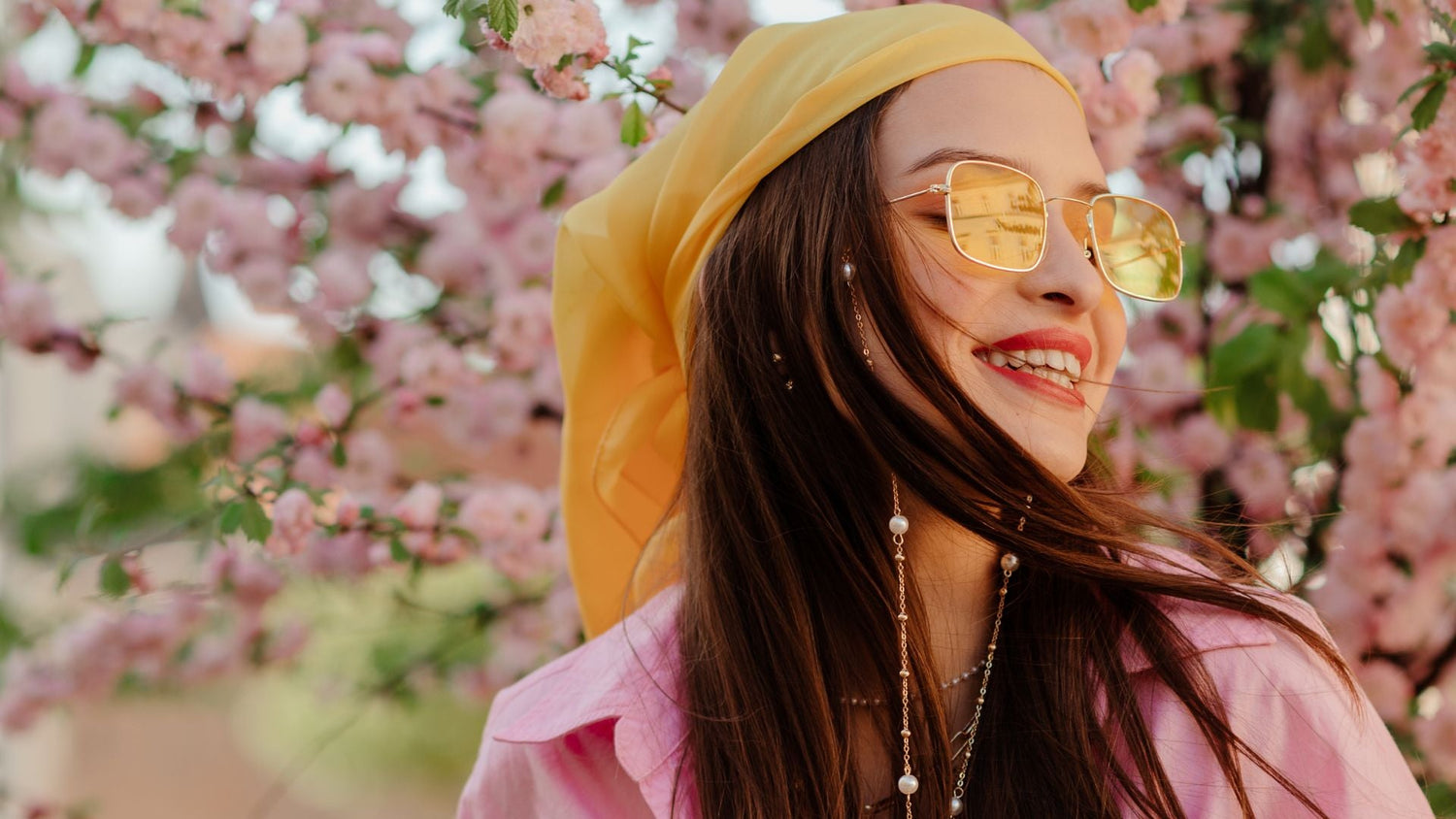Braids can be traced all the way back to hieroglyphics and sculptures by the Himba people of Namibia more than 5,000 years ago, when tribes in Africa used the hairstyle as an indicator of wealth, power, and tribal allegiance. Since then, the popularity of braids and braided styles has spread around the world, with different cultures providing their own hot takes. If you decide to take the leap into the world of braids, here’s how to treat them right and keep them looking great for longer.

Why Braids Never Go Out of Fashion
From the Greek halo braid to the pigtail braids worn by Native American tribes, braids have stood the test of time. In the U.S., the braid is an empowering hairstyle in the African American and Afro-Latino communities, in part as a show of defiance against the time of slavery, when women’s heads were shaved bald to remove elaborate braids. More than just a hairstyle, braiding has become an art form, showcasing the skill of a master braider and showing off the personality, culture, and individuality of the person being braided. It's also a great way to wear your natural hair without suffering the effects of excess chemicals or product buildup.

Relax and Braid!
Braids can take 4-10 hours to complete, depending on the length of your hair, but can lead to an eye-catching look and weeks of low-maintenance locks. Braids are a protective hairstyle, which means your hair isn’t subject to hot tools and isn't receiving the same daily and often damaging treatment as regular styles. Here are our top six braids for every different hair type:
1. Box Braids
@leilali.n How did i do ?
♬ Bad Habit (Sped Up) - Steve Lacy
Hitting the height of popularity in the ‘90s, box braids are easily styled and eminently customizable. To get the look, your hair technician will need to make three-strand plaits, taking care to evenly section your hair into boxes. Box braids go all the way down to the end of the hair and are left to hang loose, which means you can put them in different styles. Women with curls will love this anti-frizz and protective style.
2. Crown Braids
The regal crown braid is a Medieval style that was first used by older noblewomen to avoid being labeled a witch by leaving hair loose. These days, women with straight and curly hair can get this traditional style at home. Divide your hair into two sections and start a cross underbraid near the nape of the neck. Then, Dutch braid over the ear and continue above the forehead, before continuing over the other side and wrapping the braided hair in a crown around your head.
3. Micro Braids
Micro braids can be so tight and compact that they look like individual strands of hair. The same technique to get this look is used for box braids, except much tighter. They are just as customizable and protective, but due to the tighter braids are not advisable for thinning hair. Tight braiding over time can even lead to hair loss.
4. French Braids
Whether it’s Kim Kardashian or Beyonce rocking them, French braids have been around a long time and are a simple and effective way to keep hair under control. For best results, divide the hair into two sections and braid from the roots at the temple back to the end of each strand. This at-home braid can last up to four days and reduces breakage at nighttime.
5. Cornrows
Deriving from the West Coast of Africa, cornrows have the same winning look as braids like the micro braid and box braid, but are much easier to achieve. Braiding begins at the center of the forehead and continues down the scalp until the whole head is covered. Cornrows are less customizable than other braids, but are just as protective and stylish.
6. Knotless Braids
Knotless braids are like traditional three-strand box braids. The difference is that knotless braids don't include the small knot that starts at the root of typical box braids. Instead, you'll use a feed-in braid technique, in which you add small amounts of braiding hair to your natural hair as you braid. Knotless braids aren’t as heavy on your scalp, which also helps reduce the risk of hair breakage.
How to Take Care of Your Braids
Before You Braid

Before you even consider getting your hair braided, you need to make sure you have healthy hair that can handle this style. You might also want to skip a wash day or two, to let the natural oils in your hair build up. Your natural hair oil makes braiding easier. You might even want to add essential oils or coconut oil to keep it looking sleek and uniform. If you've recently washed your hair, consider adding dry shampoo to give it more texture.
How to Wash Your Braids

If you're used to washing your hair a few times a week, be ready for a shock post-braiding. Braided hair only needs to be washed once every two to three weeks. Any more and the carefully weaved braids will start to fall out. Washing braided hair is an art form in its own right, and care needs to be taken when stepping in the shower. When you do wash:
- Make sure to use a generous amount of shampoo, and to rub it between your hands to activate the suds. It's also a good idea to invest in the right products. Whether your mane is curly, wavy, or straight, a moisturizing shampoo and conditioner, Lu's Rescue, Freedom or Control bundles, are guaranteed to treat your hair the right way. Each Lu product contains Impossible Keratin™️, which increases the hair’s elasticity and moisture retention, and helps to form a thermal barrier that leads to less breakage and split ends.
- Dilute your favorite Lu shampoo with water. This should also provide a gentler wash for braided hair. When you remove your braids, be sure to switch back to undiluted shampoo for the full benefits.
- Spend more time applying shampoo to the scalp than the actual braids. When it comes to washing the braids, rub each braid softly with shampoo first, then squeeze them individually to the scalp. This method will protect the braid and should also help to remove any hidden product buildup and residue that could be hiding underneath.
- Turn your head upside and rinse your hair without rubbing to avoid the braids falling out.
- Apply a Lu styling cream to hydrate and enhance texture while preventing frizz. Then, finish up by covering your wet hair in a shower cap for 20 minutes to really lock in the moisture.
- Remember, don’t leave braids in your hair for too long. Not only will there be a lot of buildup, but new hair growth can put a lot of pressure on hair in the braid and lead to breakage.
What is your favorite braided style? Let us know in the comments!





